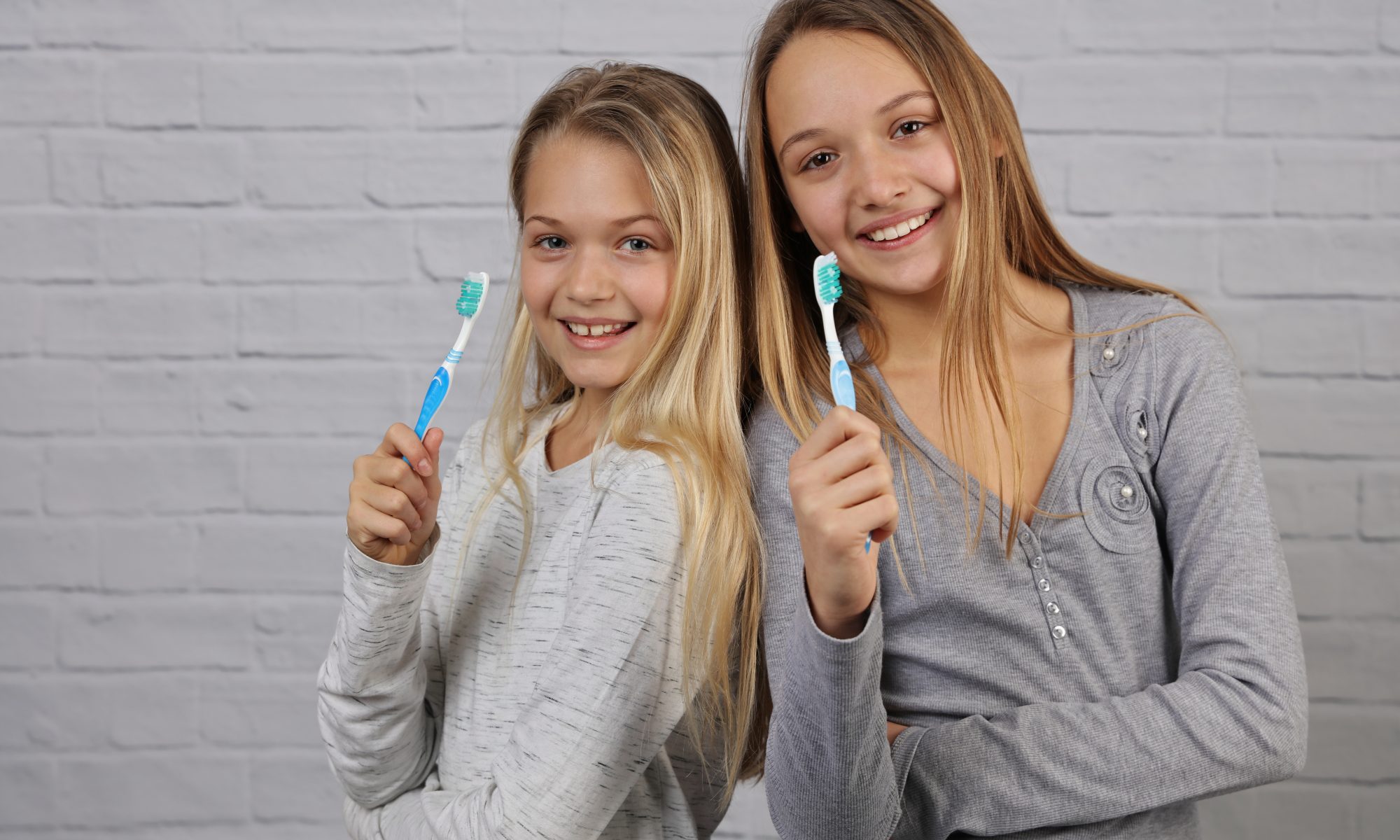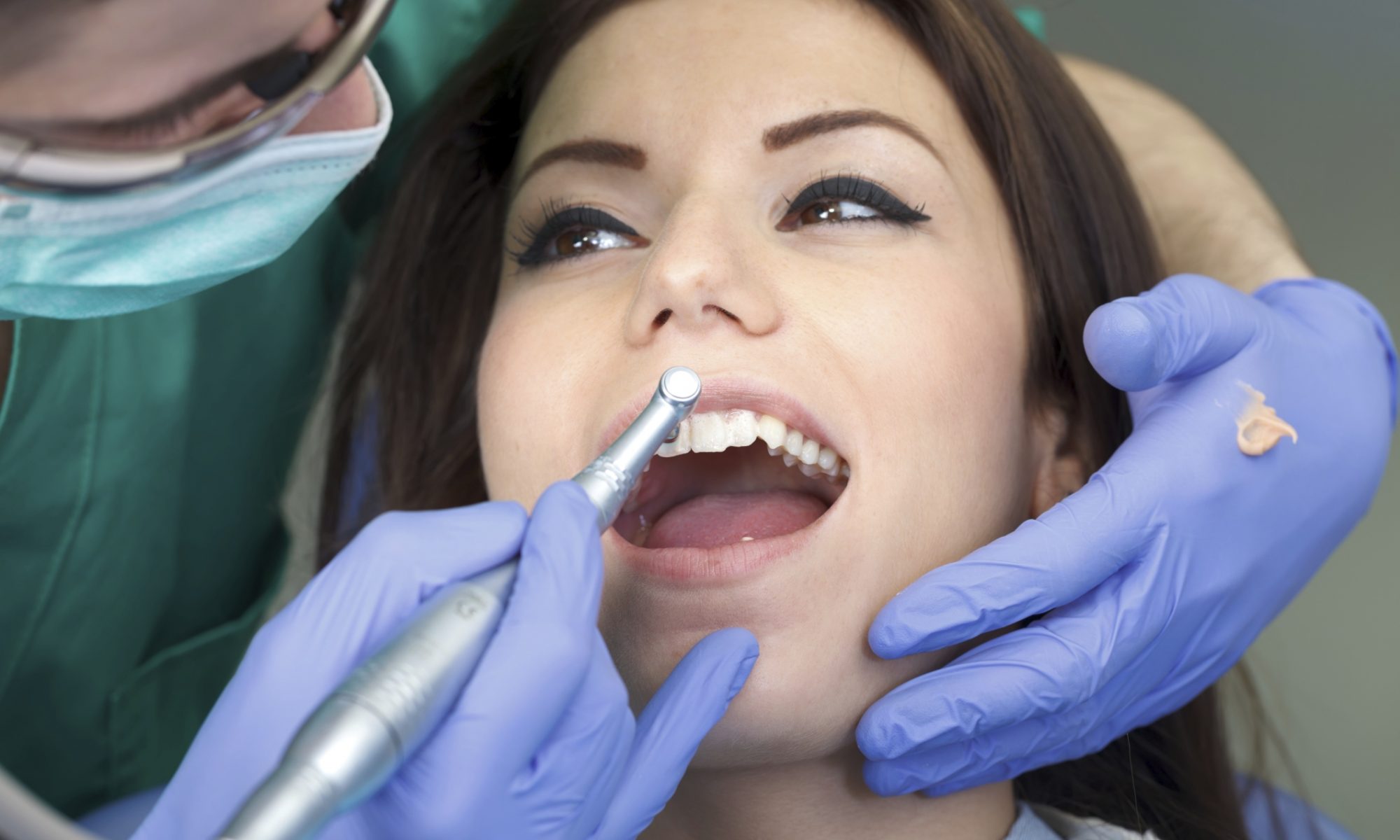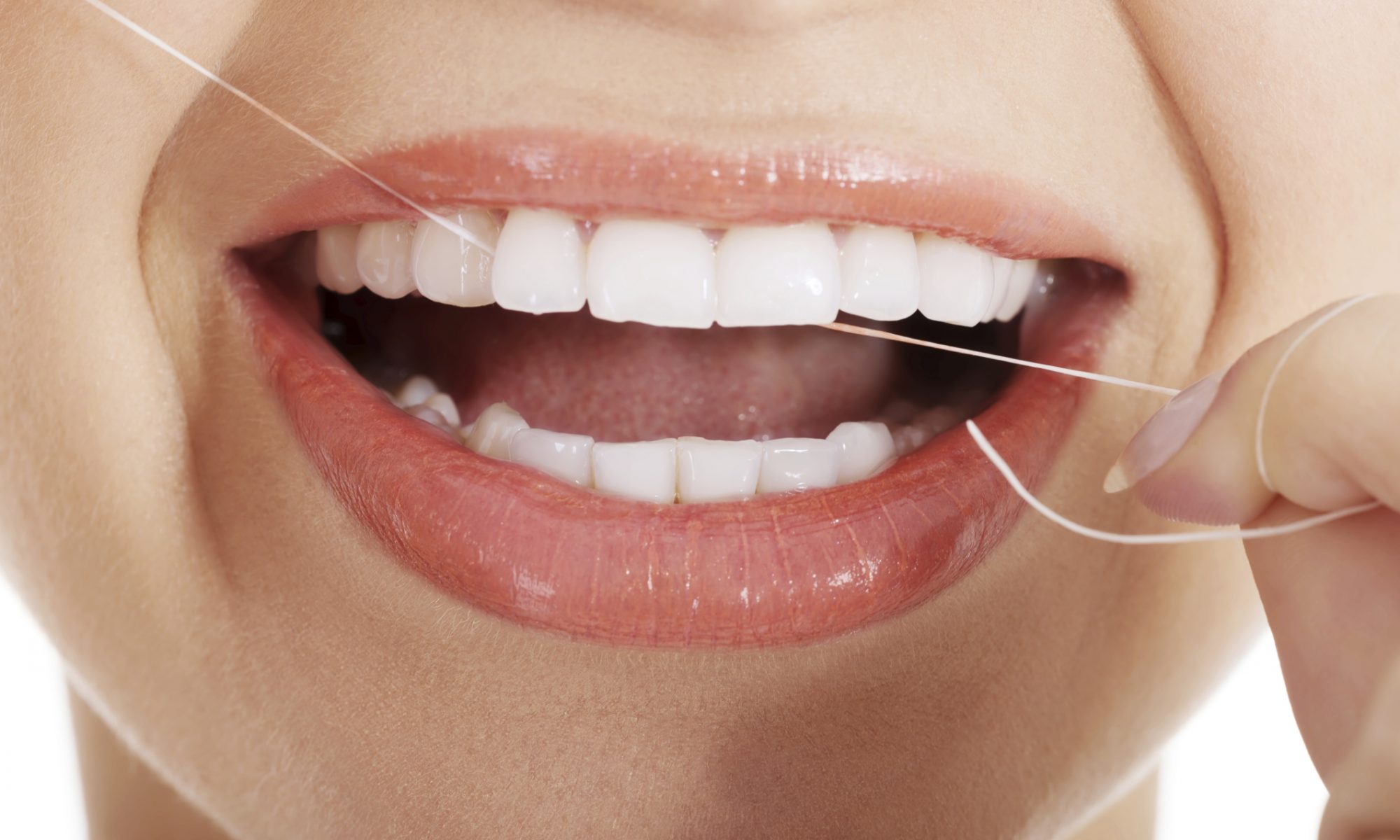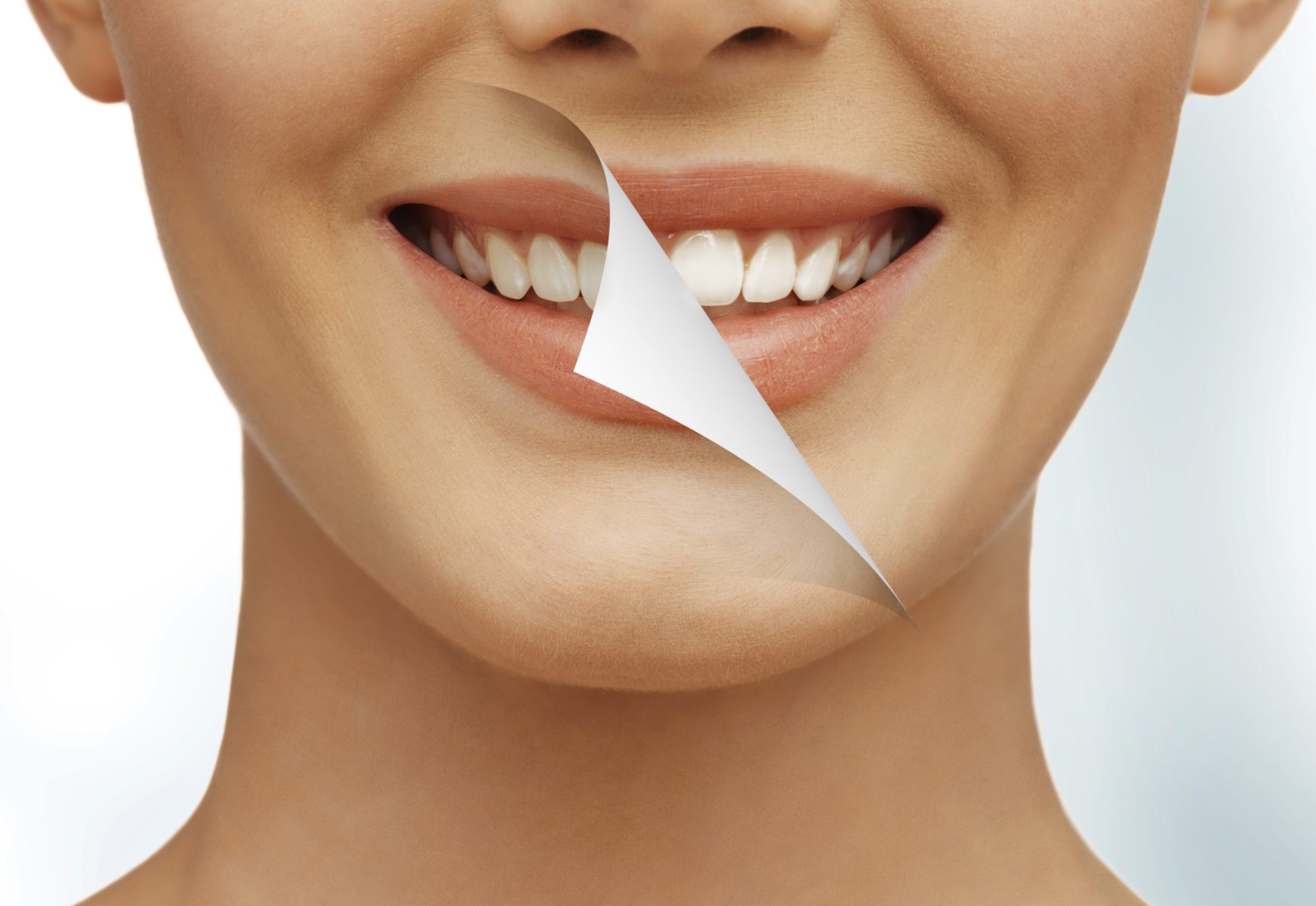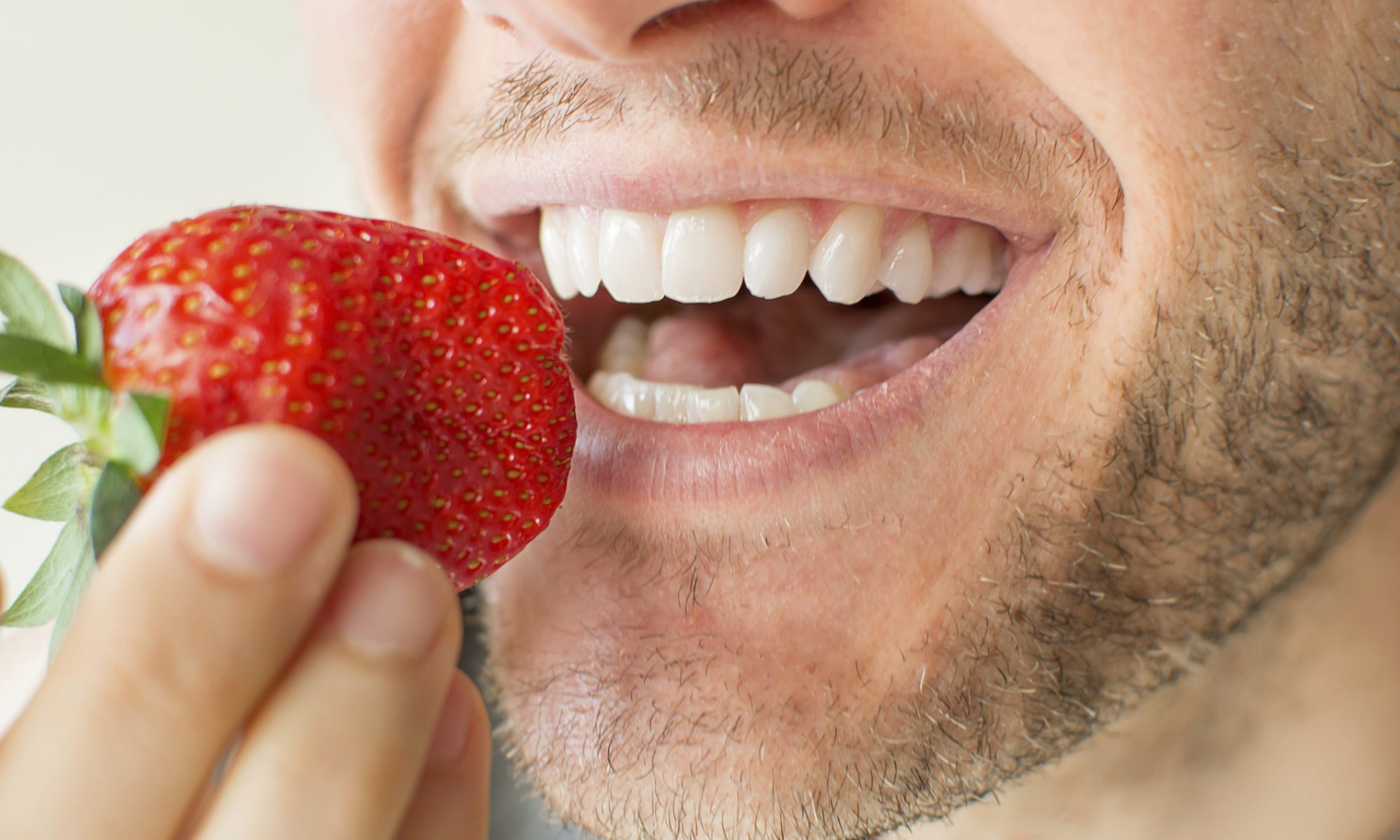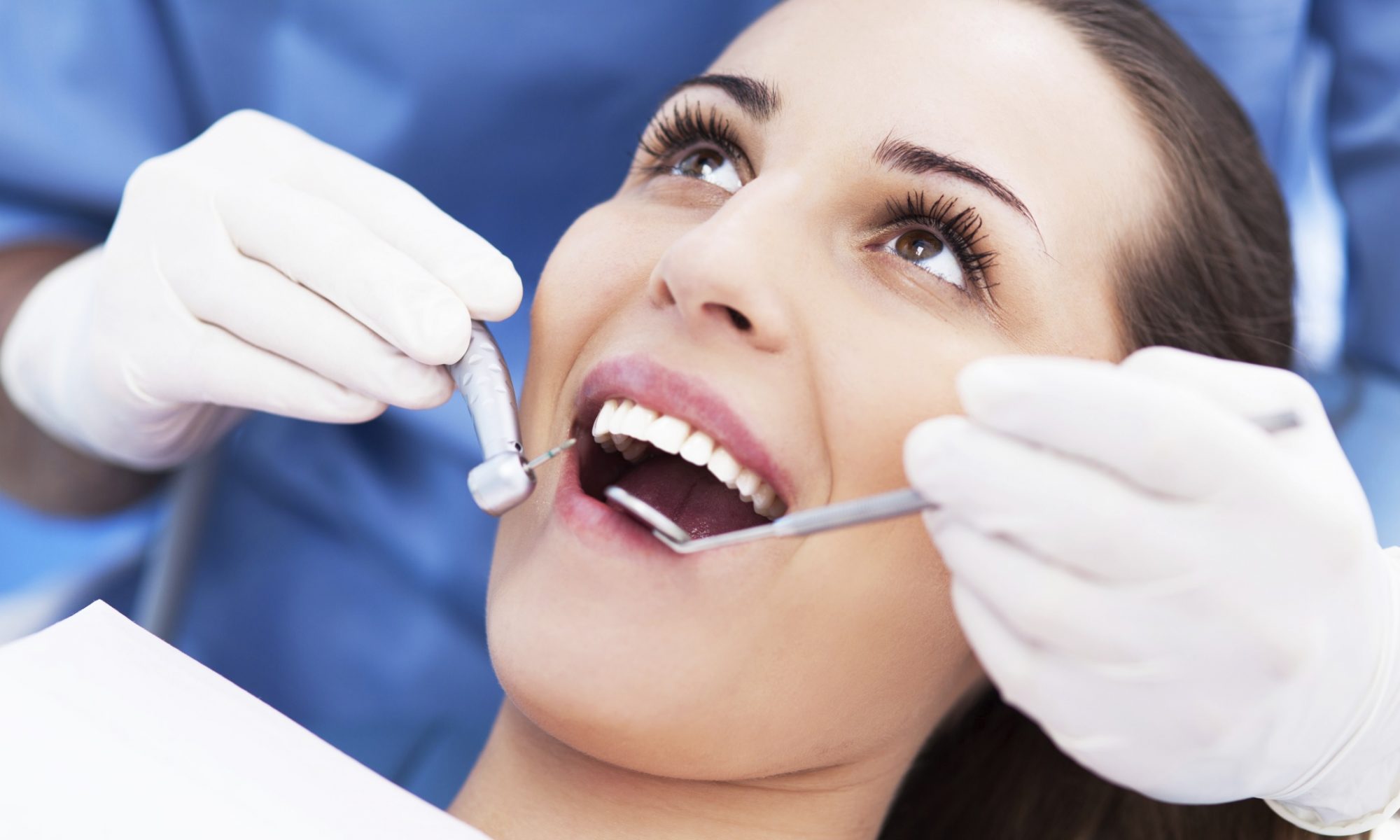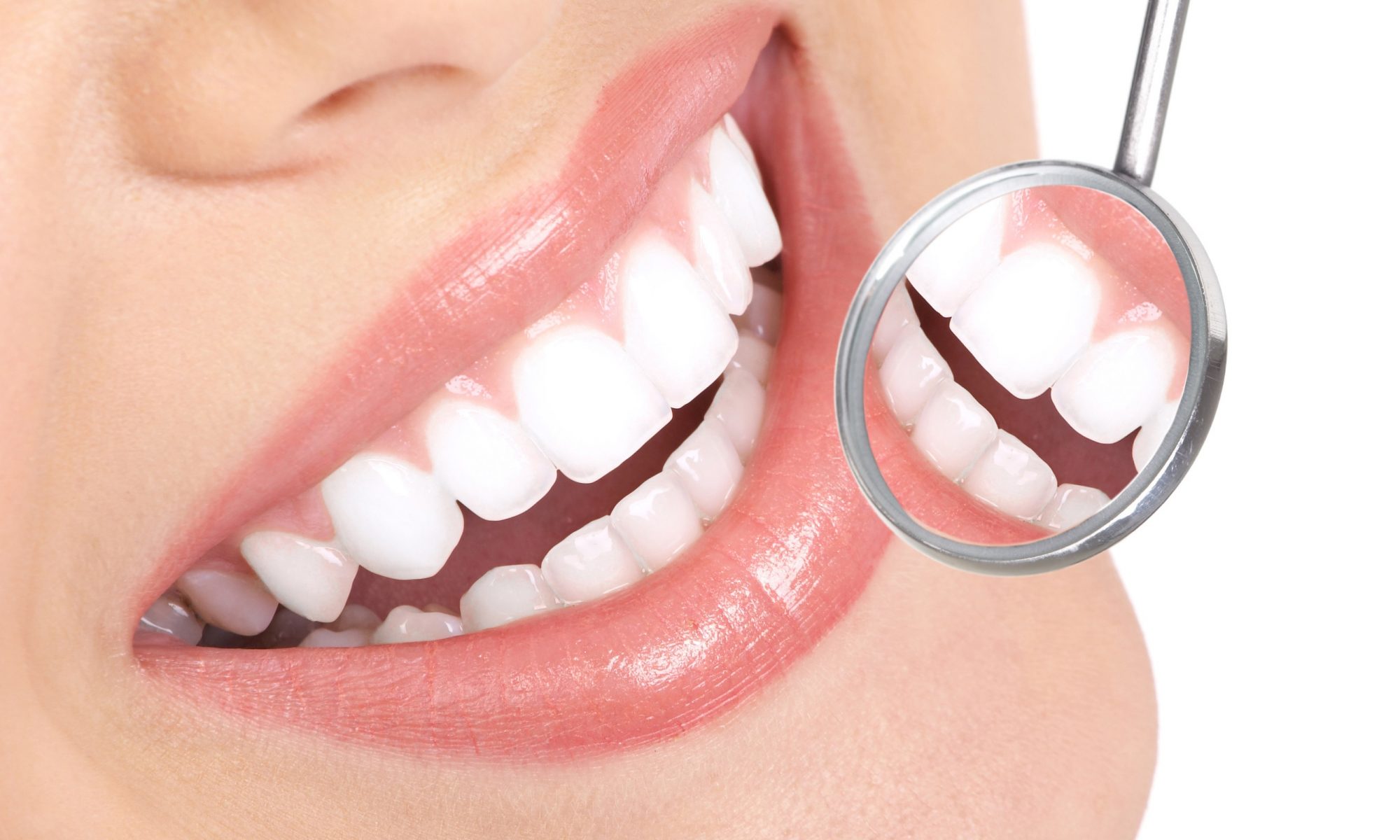A child’s smile is a precious thing, and as parents, it’s our responsibility to ensure it sparkles with good oral health. Establishing proper dental care habits early in life sets the foundation for a lifetime of healthy teeth and gums. Here’s a comprehensive guide to pediatric at-home oral care to help you nurture those bright smiles.
Continue reading “A Guide to Pediatric At-Home Oral Care | Central Park West Dentist”The Lighter Side of Medicine: What To Know About Laughing Gas | Central Park West Dentist
Laughter, they say, is the best medicine. But what if you could literally inhale laughter? Enter nitrous oxide, more commonly known as laughing gas, a fascinating and widely used anesthetic with a side effect that has everyone smiling – uncontrollable fits of laughter. Let’s take a closer look at this whimsical gas and its surprising role in the world of medicine.
Continue reading “The Lighter Side of Medicine: What To Know About Laughing Gas | Central Park West Dentist”Enhance Your Smile With These Care Accessories | Central Park West Dentist
A well-rounded oral care routine is the first step towards attaining the smile you want, but if your hygiene is quite good, and you still aren’t seeing the results you want, aesthetic additions may do the trick. Here are some oral care accessories that can enhance your smile at home.
Continue reading “Enhance Your Smile With These Care Accessories | Central Park West Dentist”Care Practices To Avoid Staining Your Teeth | Central Park West Dentist
If you look at your teeth in the mirror and aren’t thrilled with what you see, your teeth may be stained as a result of the foods and beverages you consume. Common culprits of staining are red wine, dark sodas and coffee, three beverages casually consumed by the average person. There is nothing wrong with consuming dark foods and beverages, of course, but if you find your smile has become dull or yellow, it may be time to evaluate the habits that surround our consumption of them.
Continue reading “Care Practices To Avoid Staining Your Teeth | Central Park West Dentist”Nail Biting Can Damage Your Smile | Central Park West Dentist
We only get one set of adult teeth. They should be one of the most important things you work to protect through proper oral care and intended use. Biting your nails may seem harmless, but it can cause serious damage to a beautiful smile. It increases the risk you may chip a tooth, increase the number of harmful bacteria in your mouth and begin to shift your teeth.
Continue reading “Nail Biting Can Damage Your Smile | Central Park West Dentist”Understanding Tartar Buildup and Care | Central Park West Dentist
The buildup of plaque that hardens on your teeth is known as tartar. When plaque isn’t removed properly from your hygienic routine, that’s when plaque can turn into tarter which may require a more intense means of removal. While tartar buildup can happen, there are ways your can mitigate your risk. Tartar control toothpastes and rinses can help eliminate stubborn plaque to help prevent tarter all together. Regular visits with your dentist and flossing also go a long way in helping ensure a thorough oral care routine and minimize the risk of tartar buildup.
Tartar is a buildup of minerals that, if above the gum line, is fairly easy to spot. If you notice yellow or brown-colored stains on the teeth or gums, it may be tarter. The only real way to know however, is to consult your dentist, and they can remove it for you. Your dentist or hygienist may employ a method called scaling in which he or she uses special instruments to remove the tartar from around the gum line and bottom of the tooth pocket.
If you are employing a thorough routine of proper brushing and flossing, you should be able to avoid tartar buildup. Yet, it’s still important to understand the signs and symptoms of tartar buildup, so that if you do recognize it’s happening, you can consult your dentist sooner than later. If it gets really bad, you may experience bad breath, darker staining, loose teeth and red, swollen or bleeding gums. If this happens, its best to consult your dentist immediately before things get worse.
If you have questions or concerns about your tarter buildup, make an appointment today with Dr. Schnall at 212-247-7059 or visit our website at www.philipschnalldmd.com.
Dr. Philip Schnall proudly serves Central Park West and all surrounding areas.
Porcelain Veneers: Best Care Practices | Central Park West Dentist
So, you have decided to make the investment and embark on the journey to get porcelain veneers. Once the process is over, you feel more confident than ever to show off your pearly whites to the world. Yet, when you are home taking care of them, you’re worried about damaging, stinging or otherwise failing to properly care for them. Here are some best care practices to consider to maintain your porcelain veneers for years to come.
Stop Clenching and Grinding- This bad habit is a great way to chip or break your veneers over time. Bruxism, or the grinding of teeth at night, can be avoided by incorporating a night guard when you sleep. Reducing stress or finding alternative means to clenching your teeth will also go a long way in maintaining your new pearly whites.
Avoid Unnecessary Force- Nail biting, chewing ice, and forceful brushing can break or dislodge a veneer; they can also be the reason your dentist recommended veneers, to begin with. It’s important to make an effort to avoid these habits for the longevity of your veneers.
Good Oral Hygiene- Maintaining good oral hygiene such as regular brushing, flossing, and incorporating a mouthwash is great for your natural teeth and veneers. Veneers are placed along the gemlike to retain the appearance of being natural, so it’s important to keep your oral hygiene up to avoid a receding gemlike that may expose the veneer.
Limit Staining- Porcelain is a material that resists stains, but the dental cement used to keep them in place unfortunately is not. Coffee, tobacco, wine and any other food and beverage that may stain your teeth will stain the cement over time. Eventually, if not properly cared for along the way, the cement will become discolored and look odd against your veneers – or even start to make your veneers look discolored by association.
If you have questions or concerns about best care practices, make an appointment today with Dr. Schnall at 212-247-7059 or visit our website at www.philipschnalldmd.com.
Dr. Philip Schnall proudly serves Central Park West and all surrounding areas.
What To Know About Wisdom Tooth Surgery | Central Park West Dentist
Not everyone’s wisdom teeth grow in, but for those who do have wisdom teeth that break through the gum line, removal can be necessary to avoid overcrowding. Overcrowded teeth can cause a myriad of complications for your oral health. Whether you choose to be sedated for the surgery or go with nitrous oxide, the first 72 hours after surgery is imperative to your recovery and avoiding issues down the road.
Once the procedure is over, your surgeon will place gauze on the surgery site to absorb the blood. They will send you home with extra you can replace the gauze as needed at home, helping to keep the area clean and dry. Once the bleeding has stopped, you can place a moist tea bag on the site to help prevent clotting. You will also want to keep your head elevated, this will help keep the swelling and further bleeding down. Compresses also work well to help keep the swelling down. Apply a cold compress, then a warm one on rotation to the external surgery site every 20 minutes for the first 48 hours. It will help reduce pain and swelling.
After that, your focus should switch to keeping the surgery site as clean as possible as the soft tissue continues to heal. Rinse your mouth with warm or saltwater throughout the day and especially after meals. Your dentist may give you a syringe to squirt water directly onto the surgery site to clear it of any debris. Swish utilize the syringe carefully, you don’t want to disturb your stitches. If food is left stuck in the soft tissue cavity and stays there as the tissue heals, that debris is likely to become infected over time, requiring another surgery to remove it.
Your dentist will give you all kinds of tips and tricks to help you heal properly, but some of the most important ones to remember are not to use straws as the suction can induce bleeding. Don’t use tobacco because it will hinder the healing process, and don’t engage in strenuous activity as an increased heart rate will increase blood flow and the possibility your surgery site will bleed.
If you have questions or concerns about wisdom tooth surgery, make an appointment today with Dr. Schnall at 212-247-7059 or visit our website at www.philipschnalldmd.com.
What To Do If Your Child Has A Crossbite | Central Park West Dentist
Learning that you or you or your child may have a cross bite can be an intimidating moment. A cross bite can seriously impact one’s quality of life, and treatments can seem scary. Yet, questions like “how soon should a cross bite be addressed” and “what means of intervention might we take” are better addressed sooner than later.
What does it mean to have a cross bite?
Simply put, a cross bite is when your upper and lower jaws do not align properly. Your upper jaw may rest to the right or left of your lower jaw, causing an improper alignment. This can cause a variety of issues such as grinding down your teeth, temporomandibular joint disorder, inability to chew effectively, facial asymmetry, uneven jaw development, and biting your cheek or tongue frequently.
Treatment options
Opinions are divided about when to begin treatment for a cross bite, some suggesting at the time of diagnosis (for a child, this could mean around the age of three), while others want to wait until a child’s molars arrive (commonly around the age of six). No matter when you decide to begin treatment, dentists and orthodontists alike agree a cross bit should not be left untreated for the reasons mentioned above.
Depending on the kind of cross bite, and how severe the misalignment is, its likely treatment will involve dental appliances that work to correct the bite pattern. This can be in the form of braces, sagittal expanders, and retainers that all work to correct the alignment over time. These methods are commonly employed when the entire alignment is off. If misalignment is being caused by a single tooth, it is more likely that a dental face mask, clear aligners, or braces are employed.
While crossbites are not very common, they are generally considered a genetic occurrence. In the case of discovering your young child has a crossbite, it should be treated before they sustain permanent damage to their face and jaw. Listen to all the options provided by your dentist, and choose the course of action that best suits your child.
If you have questions or concerns about your child’s jaw or crossbite, make an appointment today with Dr. Schnall at 212-247-7059 or visit our website at www.philipschnalldmd.com.
Dr. Philip Schnall proudly serves Central Park West and all surrounding areas.
How Smiling Enhances Your Life | Central Park West Dentist
Smiling in your everyday life can greatly enhance your personal health and the relationships you share with those around you. Yet, it’s important to note that there are individuals who experience smile anxiety and may hesitate to share in this exchange. Smile anxiety occurs when an individual becomes reluctant to smile in public because he or she dislikes, or is embarrassed by, the aesthetic appeal of their smile. There are many factors that may cause someone to feel this way including trauma, decay, or the way in which their adult set has grown.
Smiling and Our Health. When we smile, our brains release neuropeptides and neurotransmitters that alleviate the stressors of our day. The most common hormones associated with these results are dopamine, serotonin, and endorphins. Dopamine and serotonin are “happy hormones”, acting as antidepressants. Endorphins offer mild pain relief; together, they have been shown to reduce stress and our heart rate. A smile a day can go a long way to making us feel better and look out into the world with a positive attitude.
Smiling and Our Relationships. People who smile more often are seen as being more approachable, likable, creative, and productive. Smiling can also have a “ripple effect” as one person’s expression of joy can cause an onlooker to also feel joy and smile too. The next time you are out with friends, or a loved one could use a pick-me-up, remind them of their positive attributes and share a smile with them!
It’s important to retain gentle kindness if you know a loved one struggles with the appearance of their smile, though there are several means of restoration your dentist may accommodate.
To learn more or make an appointment today with Dr. Schnall at 212-247-7059 or visit our website at www.philipschnalldmd.com.
Dr. Philip Schnall proudly serves Central Park West and all surrounding areas.
